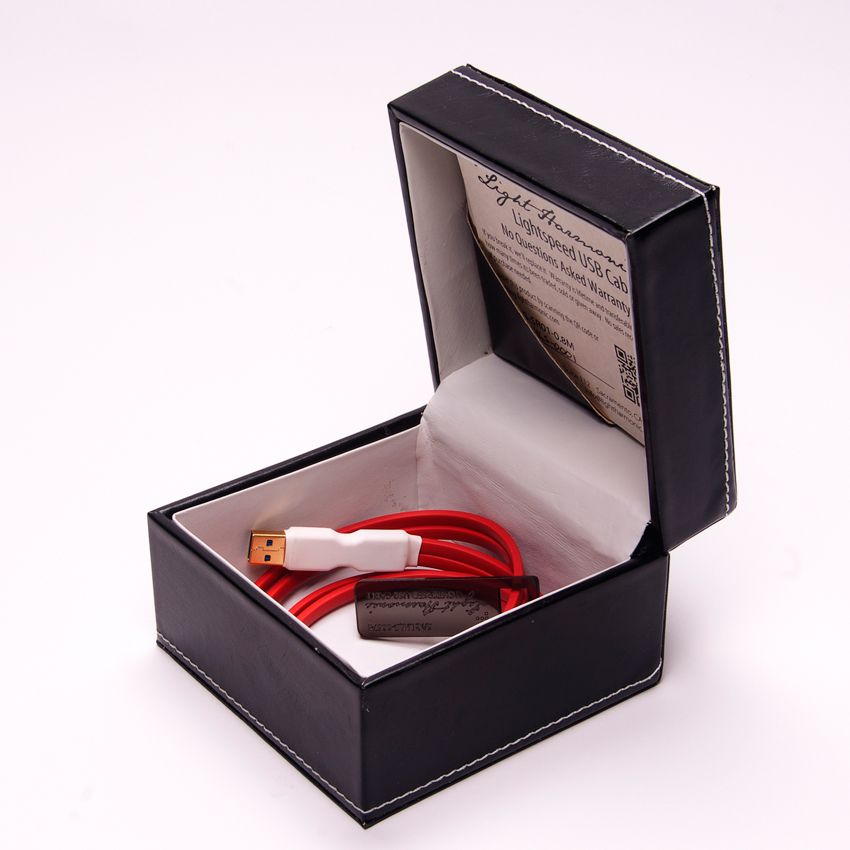Access denied.
Any good (that cable)?
Merry Christmas Matt!
Bob,
Bruce B. likes it and posted the following:
I've always been under the impression when it comes to digital cables, they either work or they don't work, period! At least this was my thinking for AES/EBU cables. I've never messed around with USB cables or even USB DAC's until a year or so ago because USB was never meant for audio streaming.
My first foray into USB was the Playback Designs USB-X for my MPS-5. I needed to go this route because on a second Native Pyramix machine that I was using for all my DSD editing for Chesky, I didn't have a viable way of playing the files unless I did a realtime sample rate conversion to 176.4
Enter the realm of USB... Since that time, USB has become more mainstream, I've learned the idiosyncrasies of using different USB cables with my PB and Mytek DAC's. It's a whole new ballgame and some can be pretty finicky.
I've had about 5-6 USB cables in here that have been sent by manufacturers for me to try and the Light Harmonic is the only one that I've actually wanted to buy and keep in my system.
The Light Harmonic USB cable comes in 2 forms, single and split. I have the split USB cable and don't ask me what is "split" since I haven't a clue. I thought it was some marketing propaganda.
Let me tell you this cable made me change my mind about digital signal cables. There was no change in instrument timbres or anything in the frequency domain. What did change for me was 2 things. First thing I noticed was the noise level. USB connections in computers, especially laptops are notoriously bad with lots of noise and traffic on the same bus. This is the only cable that was dead silent. No picking up of cell phones, other software programs, wireless keyboard/mouse movements or anything! The brochure says this is a differential USB 2.0 (10Gbit) cable, whatever that means. All I know is it works.
Second thing I noticed was differences in the time domain, the way the spatial information was conveyed. The imaging was better and the soundstage took on another 10'. It's not magnitudes of change, but if I had to put a % on it, it would be about a .5 - 1% change. As most know, getting that last 5% is what separates the men from the boys.
The cables are not cheap.
0.8m = $999
1.6m = $1399
3.8m = $1999
The configurations I've been using are:
Toshiba Tecra laptop running WinXP, Pyramix DSD Native
MacBook running Audirvana+
Desktop running Win7 Pro 64-bit with HQPlayer
---


